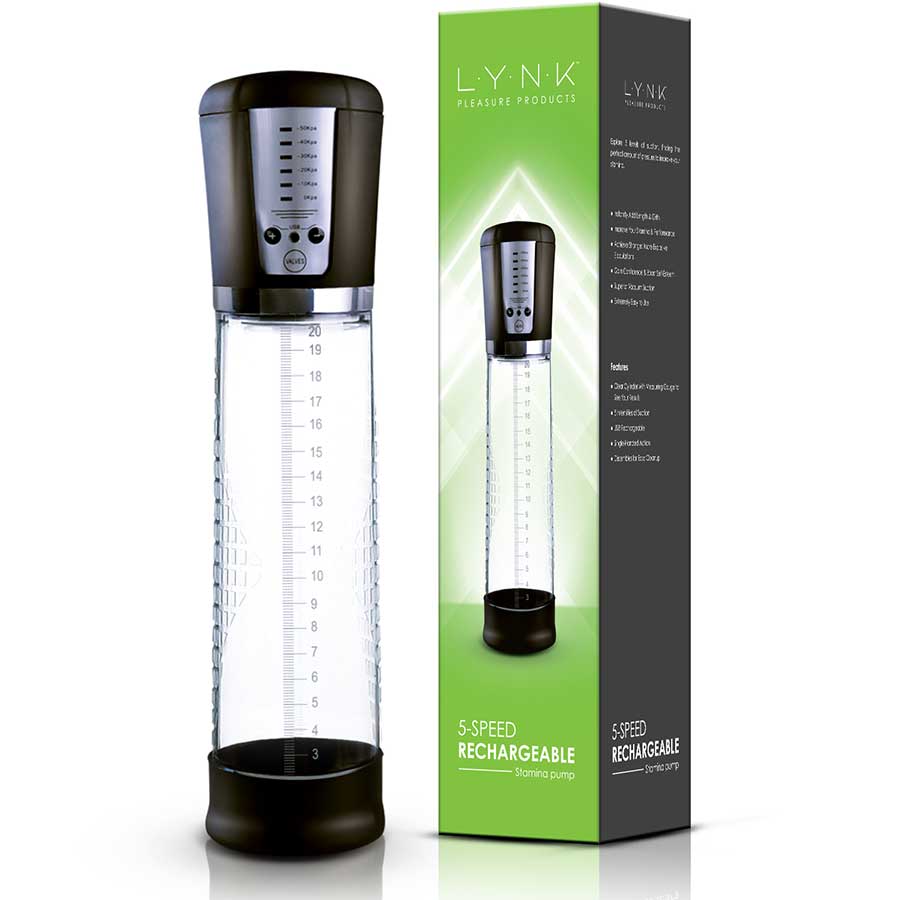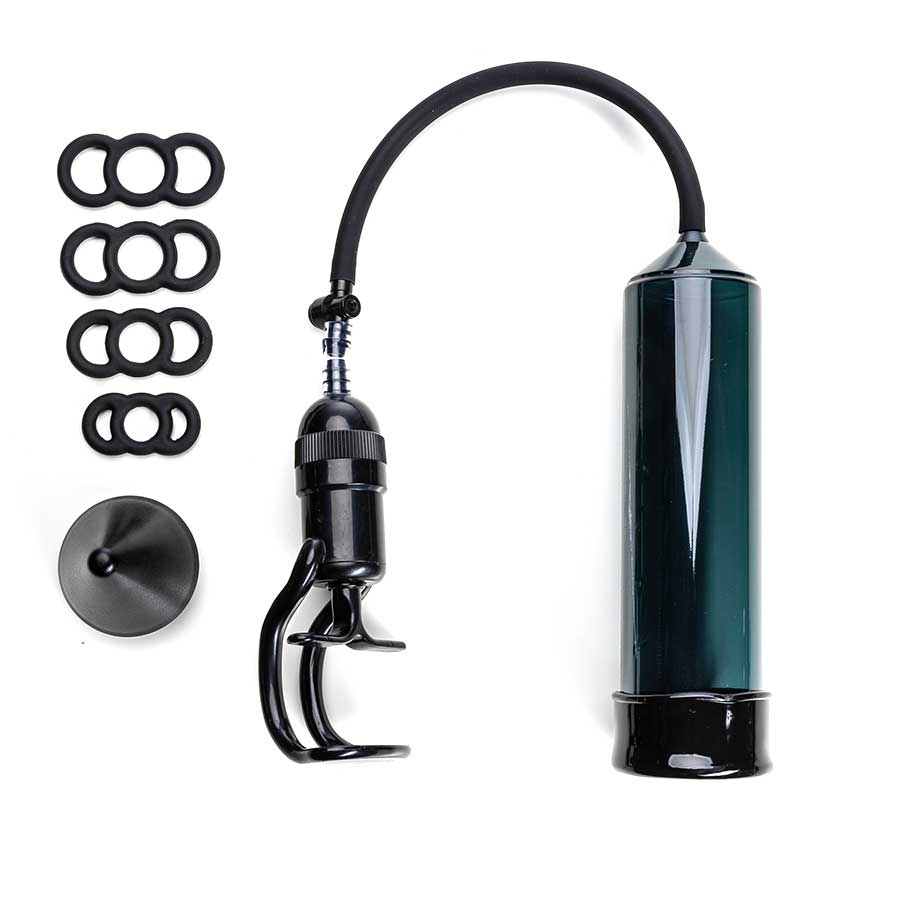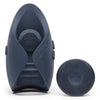Listen to an audio summary
Erectile dysfunction (ED) is the most commonly reported sexual performance issue among men of all ages at some point in their life.
Experiencing occasional ED isn't a cause for concern. Plenty of harmless triggers impair sexual performance from time to time, including physical and emotional reasons.
However, if the problem persists, becoming a frequent occurrence that prevents healthy sexual performance and regular sexual activity, then help is available from your doctor, health practitioner, or urology specialist.
Prolonged ED can be caused by underlying health issues, long-term mental health issues, or reactions to medications or medical treatments
Prolonged ED can be caused by underlying health issues, long-term mental health issues, or reactions to medications or medical treatments.
Fortunately, most mild or moderate cases are easily overcome with medication, treatment techniques, lifestyle changes, or talking therapies.
What is Erectile Dysfunction (ED)?
Erectile dysfunction (ED) is the inability to achieve or maintain an erection firm enough to enjoy or complete sexual intercourse.
The main symptom of erectile dysfunction is a weak or non-existent erection. For many, prescription drugs have proven to be the simplest way to treat ED, but there are other tools and techniques that improve the strength and quality of an erection.
The main symptom of erectile dysfunction is a weak or non-existent erection
Finally, injections and penile implants are available for the most severe cases if initial treatments prove unsuccessful.
How erectile dysfunction happens in your body
Sexual arousal is complicated. Successful arousal combines physical and emotional aspects, involving your brain, hormones, feelings, nerves, muscles and blood vessels.
If any of those items fail to play their part, the whole system suffers, and ultimately, erectile dysfunction occurs.
- Sexual arousal causes the nerves to release chemicals that stimulate blood flow to the penis.
- Two erection chambers in the penis (made of spongy muscle tissue) accept the additional blood flow.
- As the spongy tissue (the corpus cavernosum) fills, the tissue relaxes and traps the enhanced blood flow, adding pressure and creating a firmer, more solid penis capable of penetration and sexual intercourse.
- At orgasm, a new set of nerve signals is delivered to the muscles, signalling them to contract and release the blood back into the body's circulation.
How common is erectile dysfunction?
It's more common than you think. However, discussing anything based on sex, especially sexual performance, is often challenging. ED issues can be embarrassing and even emasculating—whether discussing them with your sexual partner or your doctor—making them appear less prevalent than they first seem.
As many as 30 million men in the US and 150 million men worldwide are affected by ED
According to the National Library of Medicine, as many as 30 million men in the US (and around 150 million men worldwide) are affected by erectile dysfunction.
According to a male ageing study, the most serious cases are thought to affect around 5% of men aged 40 and above, with the figure rising to 15% for men over 70.
Erectile dysfunction, broken down by age groups
According to the University of Wisconsin Health, mild and moderate cases of erectile dysfunction (ED) affect around 10% of men per decade of life.
For example:
- For men in their 40s, around 40% will experience mild or moderate issues of ED,
- For men in their 50s, around 50%,
- For men in their 60, 60%, and so on.
The National Library of Medicine published an article based on real-world data about men who received an ED diagnosis and treatment. The results showed that 5.6% of men had an ED diagnosis or PDE5I prescription; the average age of those in the study was 55.2-years-old.
Prevalence increased with each decade of age, showing those with a diagnosis or prescription were as follows:
Key Takeaways
- 0.4% of men aged 18–29
- 2.1% of men aged 30–39
- 5.7% of men aged 40–49
- 10% of men aged 50–59
- 11.5% of men aged 60–69
- 11% of men aged 70–79
- 4.6% of men aged 80–89
- 0.9% of men aged 90 and older
Symptoms of Erectile Dysfunction

1. Problems achieving an erection
The main symptom of ED is an inability to achieve or maintain an erection firm enough for sex.
2. Problems keeping an erection
Many men manage to achieve an erection, but it doesn't stay firm enough or last long enough to complete satisfying sex.
Unsatisfactory sexual function is usually connected to other physical and emotional symptoms. Due to the nature of ED, initial symptoms can trigger further problems and symptoms, causing a spiral of complications to contend with as opposed to the initial primary cause.
3. Reduced sexual desire
Erectile dysfunction can cause embarrassment, leading to low self-esteem, relationship problems, depression, performance anxiety, stress, and more. Suddenly, there's so much more to resolve than problematic blood flow or a
How to spot early signs of erectile dysfunction
When achieving a firm erection capable of completing sex becomes a regular issue, it's time to talk to a professional about erectile dysfunction and treating ED.You may have issues with
-
or an inability to achieve orgasm (anorgasmia); these are all areas of sexual dysfunction covered by medical education where your doctor can help.
Discover expert tips and solutions on maintaining and improving erections
Get valuable insights and practical tips with these articles:
Main causes of erectile dysfunction
There are several factors that affect normal erectile function, leading to satisfactory sexual performance.
Psychological causes
Sexual intercourse needs emotional triggers from the mind to kick-start the physical process. Unfortunately, with so many thoughts and distractions running through our minds at every point during the day, it's easy to see how distracting they can be to sexual performance.
Typical psychological factors to affect erectile dysfunction include:
-
Anxiety and depression
-
Stress at home or work
-
Family and relationship issues
-
Conflict and trauma
-
Performance anxiety
Physical causes
With penile blood flow being a major component of a firm erection, any nerve damage, dietary supplements, or medical conditions that may reduce blood flow could lead to erectile failure.
- Age
- High blood pressure
- High cholesterol
- Obesity
- Injury
- Smoking and tobacco use
- Recreational drug use or drinking too much alcohol
- Cardiovascular disease
- General poor health and lack of exercise
- Sleep disorders
- Exhaustion and extreme tiredness
Medical causes
Risk factors often present from new or existing medical conditions and certain medications and treatments.
Sexual dysfunction can stem from various causes and health problems
Sexual dysfunction can stem from various causes and health problems. Therefore, your doctor will perform a thorough health check to track down the possible cause or causes of erectile dysfunction. This includes a physical examination, blood tests, and exploring your medical history, sexual history, and any recent changes. They'll also consider any prescription medications or over-the-counter drugs you may use that have side effects known to affect male sexual dysfunction.
- Heart disease
- Vascular disease
- Kidney disease
- Damage to the pelvic floor muscles and pelvic region through injury or surgery
- Atherosclerosis (clogged blood vessels)
- Diabetes
- Parkinson's disease
- Multiple sclerosis
- Peyronie's disease – scar tissue inside the penis
- Prostate cancer and its treatment
- Enlarged prostate
- Bladder cancer
- Low testosterone
- Radiation therapy
Prostate cancer and prostate surgery often cause damage to the male reproductive system and are common causes of erectile dysfunction.
Men with digestive and kidney diseases are also prone to erectile dysfunction as renal failure is associated with impaired spermatogenesis, often resulting in infertility and lower testosterone production. Again, your doctor can advise the best options for your case from a range of practical and medical options.
Did you know that high estrogen level also affects men's sex drive?
Here's our recommended blog for you to explore:
Can erectile dysfunction be treated?
Yes. There are various options available for those experiencing erectile dysfunction (ED). Depending on the severity of the problem, ED treatments range from lifestyle changes to medication, therapy, or surgery.
If your medical history or physical exam uncovers problems such as heart disease or high blood pressure, prescription drugs can treat those issues and, in turn, help treat ED.
Depending on the severity of the problem, ED treatments range from lifestyle changes to medication, therapy, or surgery
Best treatments for erectile dysfunction
After making an erectile dysfunction diagnosis, your doctor will consider the best treatment option for your situation. These treatments range from simple and healthy lifestyle changes to over-the-counter oral medications and surgical treatment options, including a penile implant for the most severe.
Oral medications
Erectile dysfunction medications have become household brand names and are the most common method of treating ED. Prescription medications are a readily available option for treating ED and are known to help around 70% of men achieve stronger erections.
Popular brand names
Viagra and Cialis lead the way for medicines such as sildenafil and tadalafil, but also Levitra (vardenafil) and Stendra (avanafil).
Prescription medications are a readily available option for treating ED and are known to help around 70% of men achieve stronger erections
This group of oral medications are known as PDE-5 inhibitors (phosphodiesterase-5). They boost the effects of nitric oxide—the chemical that relaxes the penis muscles that trap the blood in the penis's erection chambers—and also increase blood flow. Each tablet is usually taken between 30 and 60 minutes before sex for the most satisfactory results.
Medical injections
In more severe cases, alprostadil can be injected into the side of the penis with a very fine needle. Penile injections are the next medical step in a plan where PDE-5 medications fail to achieve an adequate erection.
Users must be trained by their doctor or experienced professional to self-administer the injections. As penile nerves don't regulate alprostadil, it can take 20 to 30 minutes for an erection to subside after climax.
Intraurethral (IU) delivery
Where an injection isn't appropriate, alprostadil can be administered as a tiny pellet placed in the urethra (the urine tube).
Testosterone treatments
In rare cases where testosterone levels cause low sex drive resulting in erectile dysfunction, testosterone treatments may be utilized along with PDE-5 inhibitors as a combined treatment plan.
Vacuum pumps
Another method for treating ED—encouraging better flow through the blood vessels and stronger erectile function—is using a vacuum or penis pump.
A plastic tube is placed over the penis creating an airtight seal. Next, a pump draws air out of the tube, creating a low-pressure vacuum around the penis. With enhanced flow through the penis blood vessels, it becomes far easier to achieve an erection.
When an erection is achieved, an elastic or silicone ring is slid into place at the base of the penis
When an erection is achieved, an elastic or silicone ring is slid into place at the base of the penis. This restricts blood flow out of the penis, enabling an erection that lasts up to 30 minutes.
Vacuum pumps are effective for around 75% of men with ED symptoms.
Discover Penis Pumps for Improved Male Sexual Health
Check out our related blog posts:
- Penis Pumps: Find Out if They Are Right for You
- Penis Pump Sizes | How to Measure Length & Girth for a Perfect Fit
- 6 Best Cheap Budget Penis Pumps for Beginners in 2025
- Best Sex Toys for Men with ED
- Bathmate Brand Review (with Expert Opinion)
- How to Use Bathmate & Hydromax Pumps
- Top 5 Best Bathmate Penis Pumps for Men in 2025
Surgical treatments
The primary surgical treatment for erectile dysfunction is a penis implant.
Where oral medications haven't shown success, vascular surgery isn't recommended, so the next option is to insert an implant into the penis that mimics an erection.
| Type of implant | Description |
|
|
|
|
|
|
An inflatable penis implant delivers a realistic erection, giving the man control over the firmness and often the size of his erection, with sensations and orgasms the same as they would have previously been.
Talking therapy treatments
So far, we've talked about a range of physical treatments. However, treating them with the appropriate procedure is equally important when psychological factors are the most likely cause of ED.
When thoughts and emotions lead to ED problems, they may resolve without medical or psychological assistance, as circumstantial stresses pass in time and life goes back to normal.
When thoughts and emotions lead to ED problems, they may resolve without medical or psychological assistance, as circumstantial stresses pass in time and life goes back to normal
However, when the problem is a little deeper, understanding how it came about and how to deal with it can be resolved sooner and simpler with the help of a mental health professional. Stress, anxiety, and depression are all common causes of erectile dysfunction, yet PTSD, grief, mental exhaustion and more are also regularly underlying causes of sexual dysfunction.
A therapist helps to uncover the significant stress and anxiety points in your life, how they affect your feelings about sex and how to resolve them. A relationship counsellor may also be helpful when ED creates issues between you and your partner.
Is erectile dysfunction preventable?
For many men, erectile dysfunction might be unavoidable, but for others, there are steps they can take to lessen their chances and, in some instances, prevent ED from happening at all.
Physical problems that are suggested to affect erectile dysfunction include:
- Obesity
- High cholesterol
- Hypertension
- Diabetes
- Heart disease
Your doctor can help you control many health issues with medication and dietary changes.
Where possible, lifestyle improvements that reduce those risk factors can help lower the chances of ED occurring:
| Healthy diet |
|
|
|
|
|
|
|
|
|
|
| Healthy habits |
|
Can sex toys help with erectile dysfunction?
Although most sex toys aren't designed with erectile dysfunction in mind,
many of them can help stimulate the mental and physical elements of sex that lead to healthy intercourse.
- Penis pumps encourage better blood supply and firmer erections and can be used as masturbators during solo or foreplay.
- Penis or cock rings help to trap blood in the penis to prolong erections. Vibrating penis rings provide additional stimulation for both partners.
- A penis sleeve adds size, girth, and vibration to enhance confidence, arousal, and pleasure, reducing performance anxiety and further stress.
Build your ED Kit
Discover our carefully curated ED solutions for enhanced sexual experiences:
| PRODUCT AND HOW IT HELPS WITH ED | RECOMMENDED MODEL |
|
Penis Pump - Creates a vacuum, promoting stronger erections.- Encourages regular blood circulation for overall penile health. - A natural alternative to medication or surgery for ED. |
|
|
Vibrating Prostate Massager - Boosts blood flow to the pelvic area for potential ED improvement. - Vibrations induce sexual arousal, aiding psychological aspects of ED. - Targets both prostate and perineum for heightened pleasure. |
|
|
Penis Vibrator - Enhances arousal and sensation for better erectile function.- Overcomes desensitization or reduced sensitivity related to ED. - Various shapes for personalized stimulation. |
|
|
Cock Ring - Restricts outflow, leading to firmer erections.- Maintains blood during arousal for longer performance. - Some include vibration or texture for added pleasure. |
|
|
Penis Sleeves - Adds girth for a more satisfying experience.- Enhances pleasure with textured surfaces. - Boosts confidence, easing performance anxiety, being able to play with size |
|
When to look for medical help
A few cases of erectile dysfunction might not add up to much at all, but when the problem persists and becomes a regular issue, it's time to consult your doctor.
A doctor will happily answer your questions about erectile dysfunction, delayed or premature ejaculation, or any other sex-based worries that may concern you.
Be open and honest; without a complete picture, they can't deliver the precise help you need. There's no need for embarrassment; doctors are professionals trained to help and will have already heard every story imaginable. With a physical exam and a clear view of your health history, they're ideally placed to suggest therapies, certain prescription medications or alternative treatments.
With a physical exam and a clear view of your health history, they're ideally placed to suggest therapies, certain prescription medications or alternative treatments. Treating ED doesn't have to be a big deal—surely, getting your sex life back on track is something we all deserve to enjoy.





